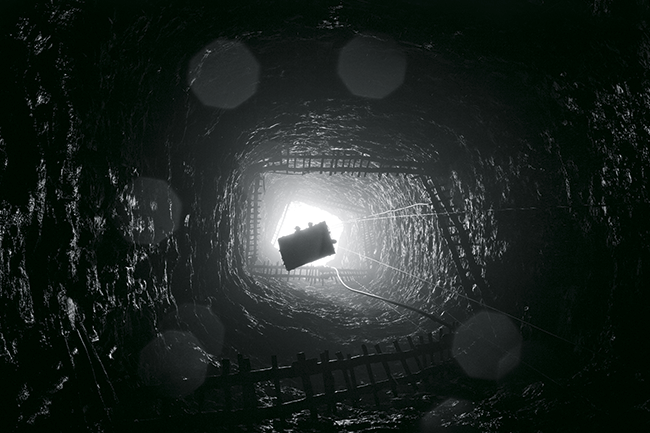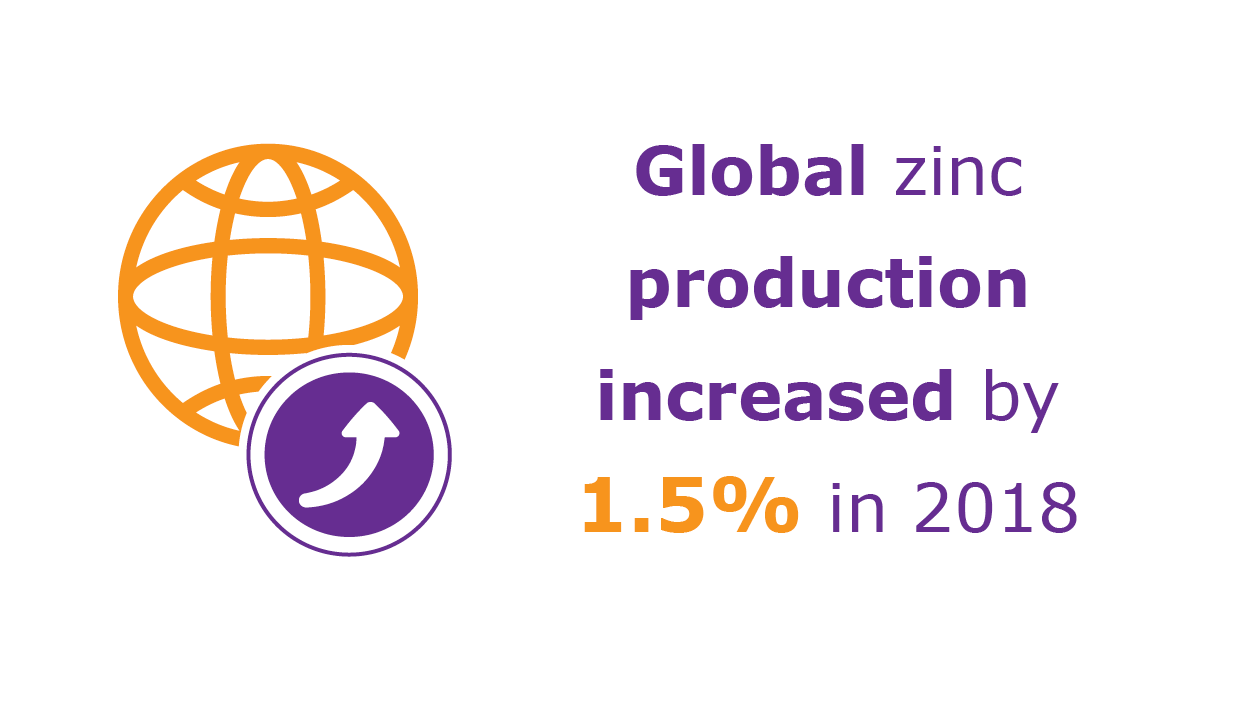The Great Gatsby by F Scott Fitzgerald recounts the events of a memorable summer in Long Island, US in 1922. That same year, a world away, gold mining in South Africa was starting to recover after labour and material shortages caused by World War 1 and the rand strikes.
Gold production was around 200 tons and in 2010 the Chamber of Mines reported gold production of 191 tons. In 1970, however, it was 1 000 tons. In the late 1980s employment peaked at 500 000 miners, but has since fallen to around 150 000, presenting huge social challenges to South Africa and neighbouring states.
Reasons for the precipitous fall in production are numerous: a change in South African law has made miners reluctant to fund new projects as, by its very nature, mining is a long-term commitment. Mining executives, now often remunerated via share options with a five-to-ten year horizon, are tempted to maximise short-term share gains rather than invest in major new projects that may take a generation to come to fruition.
Many South African majors have focused on developing international projects out of their reach during apartheid. Diversifying the resource base also makes sound economic and political sense. New international companies have also become more sensitive to health and safety issues, which has scaled back more dangerous projects, no matter how lucrative.
But perhaps the biggest reason for the decline in production is that most of the low-hanging fruit has been plucked, albeit at a great profit. Mines have gone deeper and mining has become more difficult as well as dangerous.
South Africa has supplied the world with almost half of the gold ever mined – about 50 000 tons over the last 120 years.
But this production has come at huge human cost. Back in 1961, 36 000 men had been killed in accidents on gold mines since the beginning of the century. By last year, that grim tally had more than doubled to 75 000 on all mines, according to report of the Department of Mineral Resources to the parliamentary portfolio committee.
Many South African majors have focused on developing international projects out of their reach during apartheid
In 1960, South Africa experienced its worst ever mining disaster at Coalbrook where 435 mine workers died after a massive pillar collapsed in a coal mine. This was a tragic failure of rock engineering.
In mining, problems are encountered the deeper you go. These include an increase in temperature (bare rock is 50˚C at 4 000m), which requires massive refrigeration. Water ingress into workings and ventilation issues can also arise.
But the most dangerous underground monsters are rock falls induced by gravity and rock bursts caused by a build-up of stress in rocks from mining activities. Rock engineering is an attempt to cut both these monsters down to size.
The first signs of mining-induced seismicity was discovered in the early 1900s when gold mining stopes had reached depths of several hundred metres. It was déjà vu in the 1990s for platinum mining when the initial opencast operations reached a depth of 1 km.
Mining seismicity is not a problem for miners alone as inhabitants of a block of flats in Welkom, pancaked by a mining-induced tremor measuring 5.5 on the Richter scale, found out on 8 December 1976.
The first public reaction to seismicity was panic and the government appointed committees in 1908, 1915, 1924, 1964 and 2005 to investigate the cause of the tremors and recommend mitigating measures.
Seismographs have also been installed in South African mines for well over a century and rock engineering strategies to mitigate seismic events have been implemented since 1910.
These strategies include adapting mining geometries and schedules to control the release of seismic energy using backfilling of mined-out voids with waste rock as well as supporting the roof with rapid-yielding hydraulic props and yielding tendons.
Seismic stress is continually monitored in a (largely futile) attempt to predict seismic events and avoid casualties through a rapid evacuation system.
Today 25 systems using about 430 underground sites across South African mines record and process 125 000 events a month – a tsunami of data compared to the first system that recorded 15 000 events between 1911 and 1937.
‘Seismic management strategies should be based on prevention and protection rather than on prediction’
While far from perfect, rock engineering plus legislation and improved training of staff has reduced fatality rates and made it possible to mine successfully at depths in excess of four kilometres. The fatality rate in 1985 was 0.27 per 1 000 people employed. Eighteen years later it improved to 0.20 per 1 000 employees.
A collaborative research programme, DeepMine, which ran from 1998–2002, summarises best practice approaches to help prevent rockfalls and rock bursts. Borehole radar is used to map geological structures ahead of mining as seismic events correlate spatially with faults.
Perhaps the most important prevention strategy is the implementation of sympathetic mining geometries – a way to minimise the build-up of stress in rocks.
The programme tried to mine gold safely and profitably at depths of three to five kilometres. It would accomplish this by creating a technological and human resources platform.
AngloGold Ashanti, Durban Roodepoort Deep, Gold Fields, the Chamber of Mines of South Africa, the Council for Scientific and Industrial Research (CSIR) and the Department of Trade and Industry contributed ZAR66 million.
As residents of California can affirm, prediction of seismic events is difficult no matter how much information you collect. As Nobel prize winning physicist Niels Bohr put it: ‘Prediction is very difficult, especially about the future.’
Charles Richter, the man who gave us the famous scale that tallies the magnitude of earthquakes, said half a century ago that ‘prediction of earthquakes in any precise sense is not now possible. Any hope of such prediction looks toward a distant future’. And that future has not yet arrived.
One of the conclusions of DeepMine was that ‘seismic management strategies should be based on prevention and protection rather than on prediction’. However, the changing nature of tremors has remained a focus, as seen at a workshop in London in 1996 that was titled ‘Earthquakes: thinking about the unpredictable’.
The latest idea is to look for a canary for a coal mine – literally. It is well known that animals behave strangely shortly before a crustal earthquake. One reason for this could be that rock under stress induces electrical charges, which in turn induces charges in the atmosphere that some animals respond to. The challenge is now to look for similar non-seismic proxies underground.
Rock engineering had no shortage of research funds during peak production periods and a charge was levied on each mine. More than ZAR250 million was spent on rock-related research between 1991 and 2004. Ironically, the legislation of levies killed off voluntary research. As mining activities reduce, research is in dire straits.
Japan suffers more than most from earthquakes. The recent tsunami, which caused the meltdown of the Fukushima Daiichi nuclear reactor, was caused by an offshore earthquake.
So it comes as no surprise that the Japanese government, in collaboration with the CSIR; the Council for Geoscience; Department of Science and Technology; South African Research Chairs Initiative and the University of the Witwatersrand, is funding a five-year, US$3.5 million observational study to mitigate seismic risks in mines. Japanese scientists will be studying strain changes in rocks at research sites in three deep gold mines: Moab Khotsong (AngloGold Ashanti), Kloof Driefontein Complex (Gold Fields), and Ezulwini (First Gold).
Deep mining would have been impossible without advances in rock engineering, and a significant reduction in fatalities and injuries has been achieved.
Last year, AngloGold Ashanti announced the establishment of a technology innovation consortium to implement alternative and unconventional mining technologies that will reduce the exposure of workers to hazardous environments in deep mines.
Even though a lot has been achieved in the past 120 years, a lot more rock engineering can still be done.






